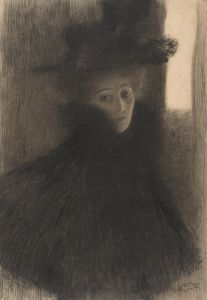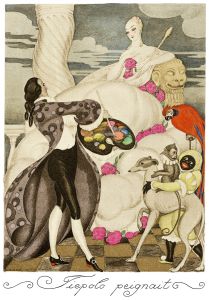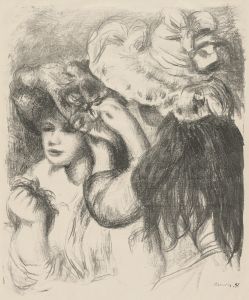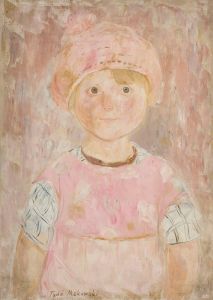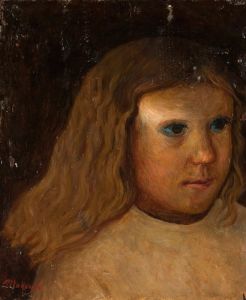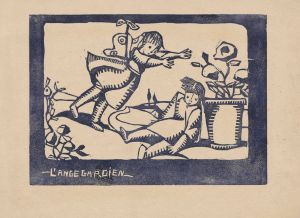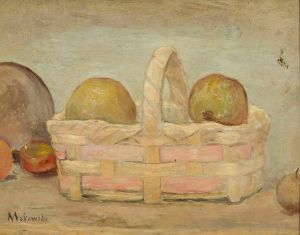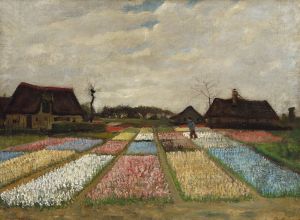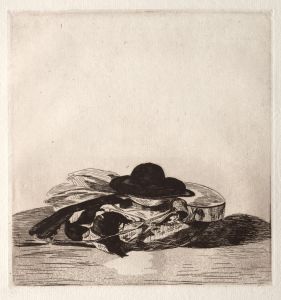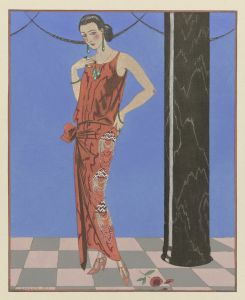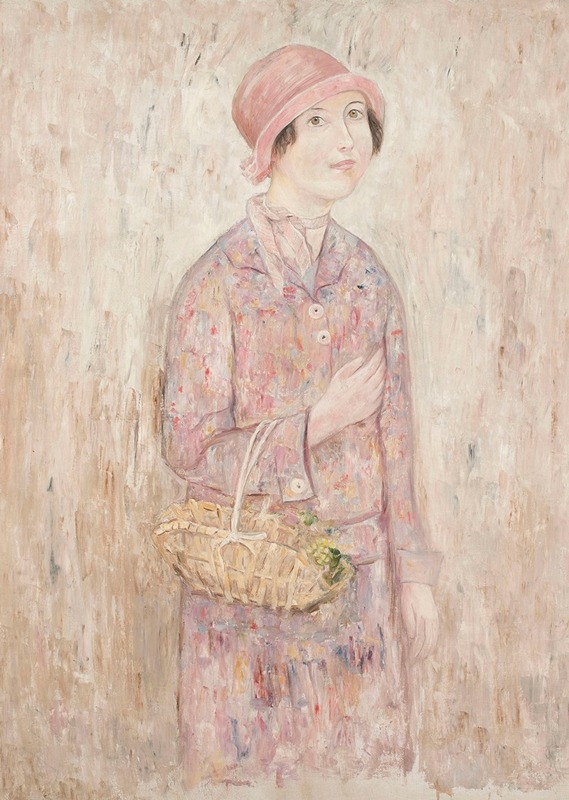
Dziewczyna w różowym kapeluszu
A hand-painted replica of Tadeusz Makowski’s masterpiece Dziewczyna w różowym kapeluszu, meticulously crafted by professional artists to capture the true essence of the original. Each piece is created with museum-quality canvas and rare mineral pigments, carefully painted by experienced artists with delicate brushstrokes and rich, layered colors to perfectly recreate the texture of the original artwork. Unlike machine-printed reproductions, this hand-painted version brings the painting to life, infused with the artist’s emotions and skill in every stroke. Whether for personal collection or home decoration, it instantly elevates the artistic atmosphere of any space.
Tadeusz Makowski was a Polish painter known for his unique style that combined elements of Cubism and folk art. Born in 1882 in Oświęcim, Poland, Makowski initially studied classical philology at the Jagiellonian University in Kraków before turning to art. He later attended the Academy of Fine Arts in Kraków, where he studied under prominent artists such as Józef Mehoffer and Jan Stanisławski. In 1908, Makowski moved to Paris, a city that was a hub for artists and intellectuals at the time. There, he was influenced by the avant-garde movements, particularly Cubism, and became associated with other artists who were exploring new forms of expression.
"Dziewczyna w różowym kapeluszu" (translated as "Girl in a Pink Hat") is one of Makowski's notable works. While specific details about the painting's creation, such as the exact year it was painted, are not widely documented, it is representative of Makowski's mature style, which often featured children and figures in whimsical, dream-like settings. His works are characterized by a blend of geometric forms and a soft, muted color palette, which can be seen in this painting.
The painting depicts a young girl wearing a pink hat, a recurring motif in Makowski's work that symbolizes innocence and simplicity. The girl's expression is serene, and her form is rendered with a combination of flat, geometric shapes and subtle shading, reflecting Makowski's Cubist influences. The background is typically understated, allowing the viewer to focus on the subject. Makowski's use of color is gentle and harmonious, with the pink of the hat providing a focal point that draws the viewer's eye.
Makowski's work often reflects a nostalgic and idealized vision of childhood, and "Dziewczyna w różowym kapeluszu" is no exception. The painting captures a moment of quiet contemplation, inviting viewers to reflect on their own memories of youth. This focus on childhood and simplicity is a hallmark of Makowski's oeuvre, setting him apart from many of his contemporaries who were more focused on urban and modern themes.
Throughout his career, Makowski exhibited his work in various galleries and exhibitions, gaining recognition in both France and Poland. Despite living in France for much of his life, he maintained strong ties to his Polish roots, and his work often reflects a synthesis of Polish folk traditions and modernist techniques. Makowski's paintings are held in high regard and are part of collections in major museums, including the National Museum in Warsaw and the Musée National d'Art Moderne in Paris.
Tadeusz Makowski passed away in 1932, but his work continues to be celebrated for its unique blend of modernist innovation and traditional themes. "Dziewczyna w różowym kapeluszu" remains an enduring example of his ability to capture the essence of childhood with simplicity and grace, making it a cherished piece in the canon of early 20th-century art.





